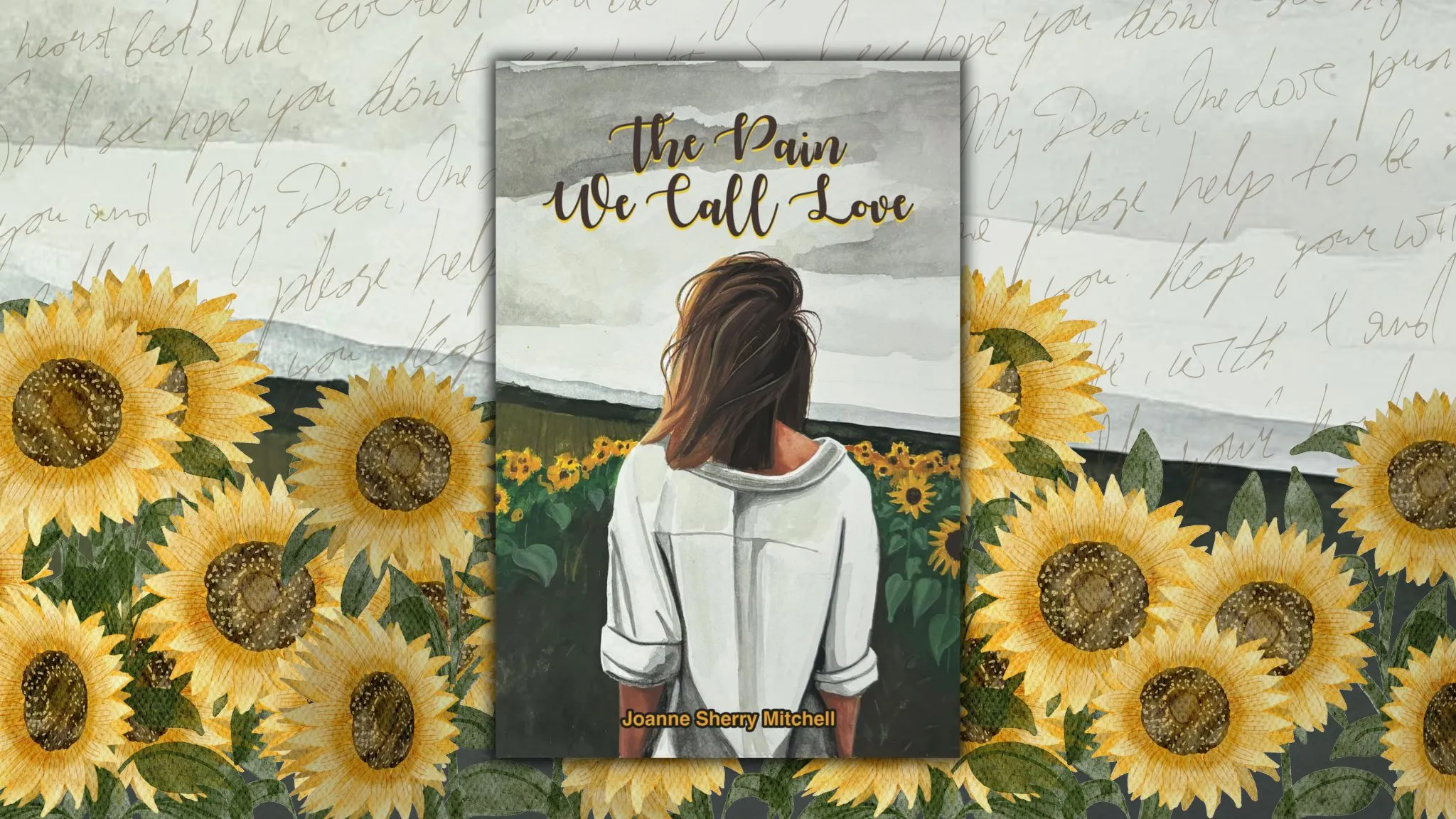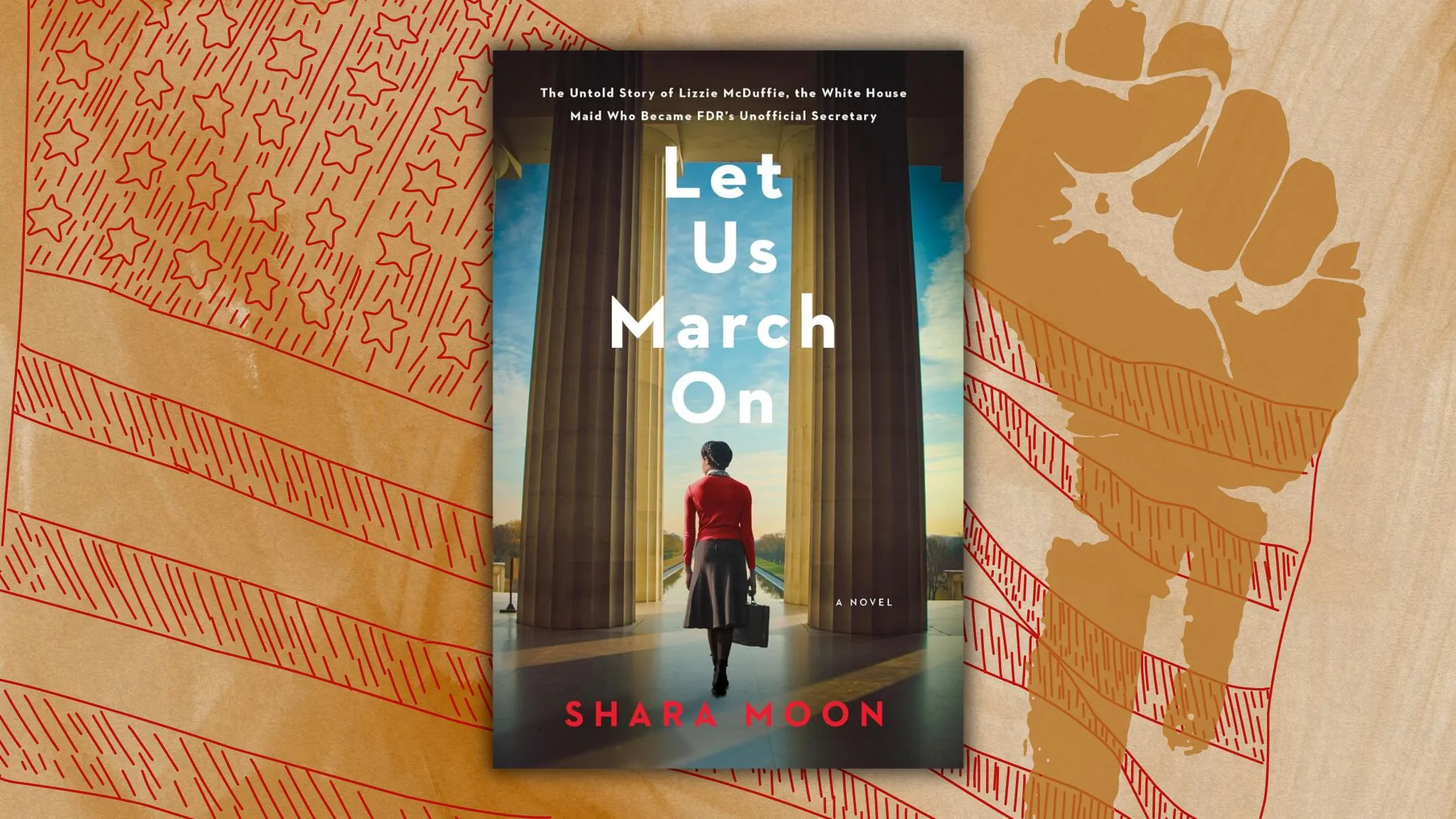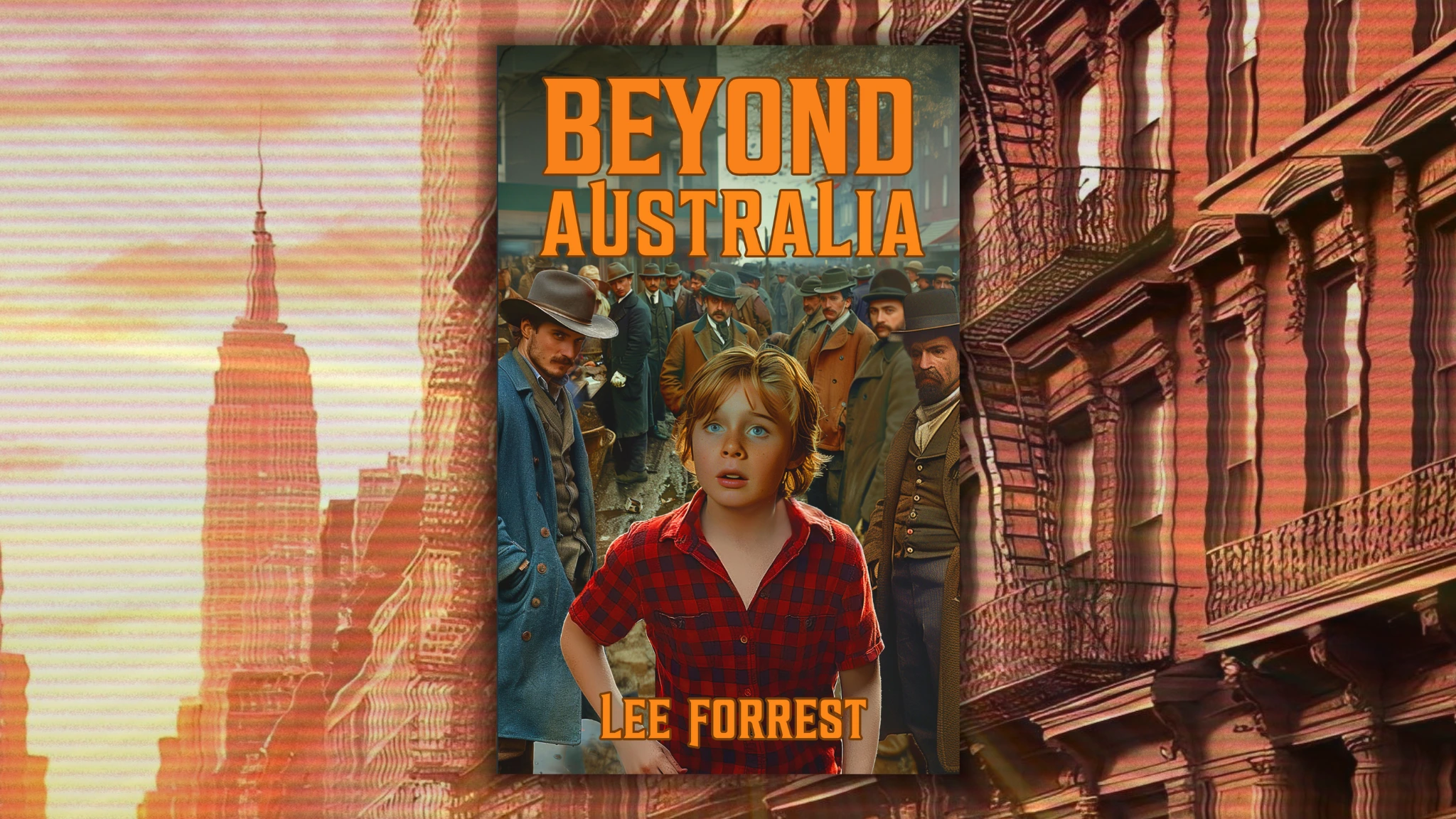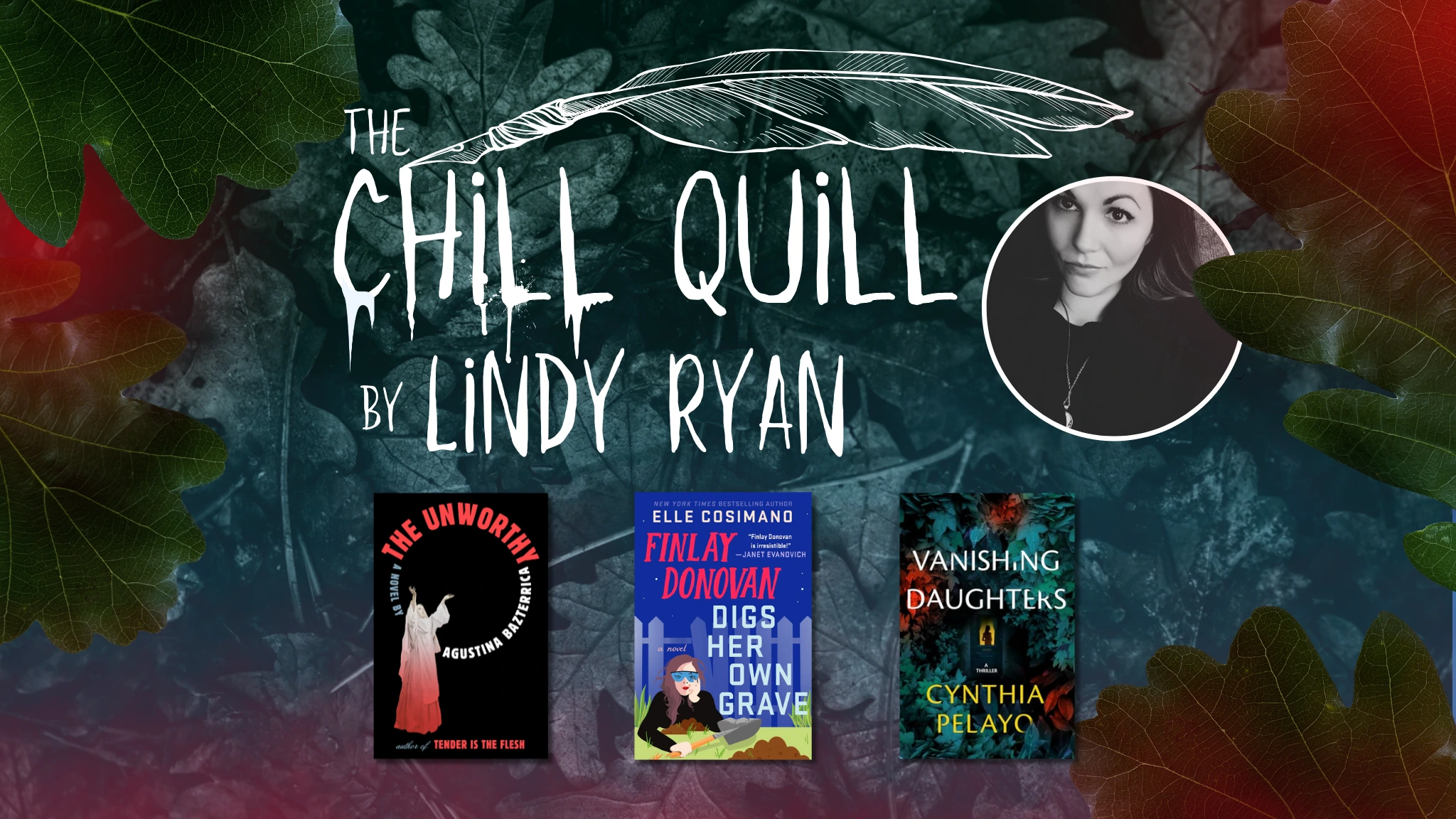 The Enchanted Garden, 1889 by Marie Spartali Stillman; artwork currently in a private collection.
The Enchanted Garden, 1889 by Marie Spartali Stillman; artwork currently in a private collection.Marie Spartali Stillman (1844–1927) was a talented British Pre-Raphaelite painter who painted scenes from Dante’s Divine Comedy, Boccaccio’s poetry, mythology and other areas. I am particularly attracted to her artwork The Enchanted Garden because it features one of my favourite themes in folklore on which I also previously wrote this post – the so-called “impossible task”, and in this case, the one going against the rules of nature (see also Czech fairy tale The Twelve Months).
The scene in the painting illustrates one of the stories told in Boccaccio’s The Decameron, where nobleman Ansaldo Gradense falls desperately in love and pursues married woman Madonna Dianora. Tired of the attention, Dianora tells Ansaldo that she would only be his if he does the impossible: provide her with a garden filled with spring plants and flowers in the middle of winter (she wanted the garden “as fair in January as in May“). And, if he does not, he must never see her again. Ansaldo then manages to produce such a garden with the help from a hired magician. Later, Ansaldo, moved by Dianora’s faithfulness to her husband, whom she told everything, releases her from her promise. A version of this tale is also found in other countries’ folklore, including in India’s Śukasaptati (Seventy tales of the parrot).
In her artwork, Stillman illustrates a garden in full bloom in the middle of one snowy winter, which is seen outside the garden walls. Dianora is pictured at the centre of the painting while children around her try to serve her fruit and flowers. Unlike the rest of her entourage, she wears funeral-like, darker clothing, echoed by the black shawl of the woman behind her. Dianora looks dazed at the prospect of her impossible task being completed as she places her hands awkwardly in front of her in a self-soothing gesture meaning that, although she is as taken aback by the wonder as the rest, she is not at all happy what it means for her. Her expression contrasts with those around her, including with her female companion seen just behind her, looking in awe at the blooming tree. Ansaldo is positioned on the right in a white, “victorious” robe, but his contemplative facial expression also indicates that even he cannot believe the magician’s success and is unsure what to do next.
The painting is a more peaceful presentation of the literary scene than a more dramatic version painted by John William Waterhouse later – his unfinished The Enchanted Garden [1917]. It is unclear whether or not Waterhouse was influenced by Stillman as the painting’s whereabouts had been uncertain for some time.



















 English (US) ·
English (US) ·